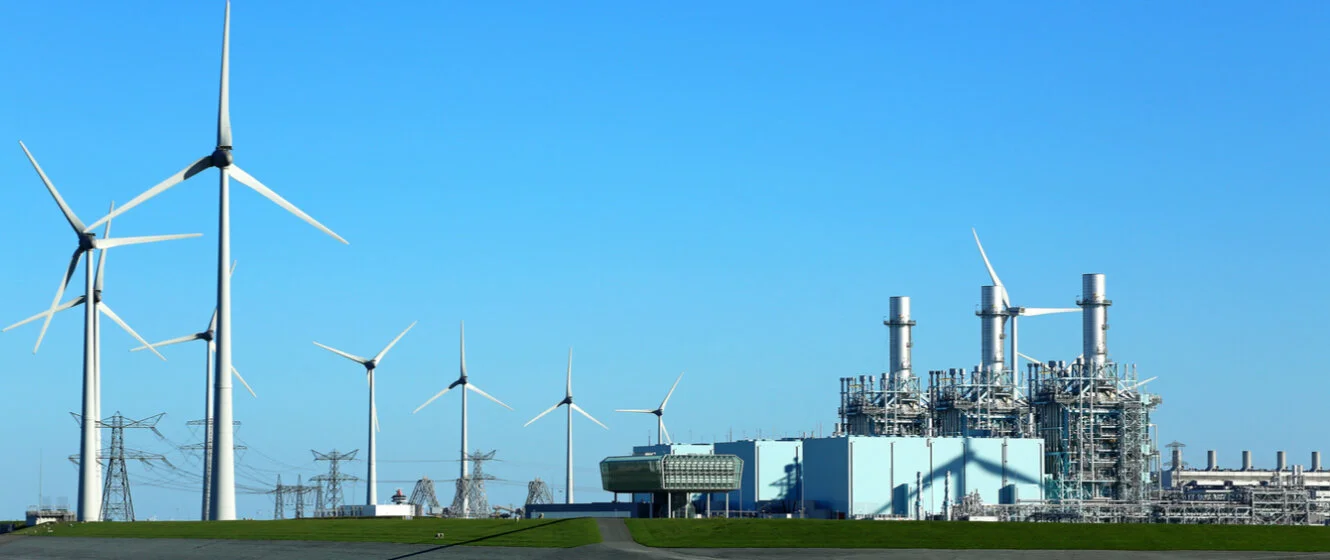Record after record seems to fall when it comes to renewable energy, but this should be no surprise. As relatively new technologies now undergoing faster deployment to address climate change, renewable energy can be expected to break records almost continually in coming years.
Indeed, it must, if the world is to restrain the rise in global temperatures to the targets set out in the Paris Agreement on Climate Change. However, it does not follow that global carbon emissions are falling.
In 2020, when renewables reached their highest ever annual share of the energy mix, global energy-related carbon emissions dropped 5.8%, the largest annual decline since the Second World War.
In 2021, renewable energy generation reached record levels once again, yet global energy-related carbon emissions hit their highest ever level of 40.8 gigatons.
Different measures
The two renewables’ records reflect different measurements. In 2020, the record was expressed as a share of the energy mix. The Covid-19 pandemic saw global GDP shrink by 3.3%. As renewable energy is used first before fossil fuels – both the cheapest and most sustainable option – its share of the energy mix rose as fossil fuel consumption bore the brunt of the downturn in energy demand caused by the economic contraction.
In 2021, global GDP rebounded by 5.8%. The renewable record set was not a share of the energy mix, but total renewable energy generation, which rose 500 TWh above 2020 levels. Strong though this was, it was not sufficient to meet the overall increase in global energy demand, so more fossil fuels were consumed and energy-related carbon emissions rose.
Changing energy mix
Energy demand in 2022 will be heavily affected by the war in Ukraine. It has already affected the energy mix – the disruption to natural gas supplies means that more coal is being used for power and heat, not just in Europe, but worldwide, owing to the high price of gas almost everywhere.
This will put upward pressure on emissions because coal-fired generation typically emits twice as much carbon as gas at the point of combustion.
Nonetheless, as renewable energy capacity is being rolled out at an increasing rate, a new record in terms of absolute generation is a near certainty. Whether renewables’ share of the energy mix increases depends on its rate of expansion and the level of overall energy demand, which is closely related to economic growth.
In July, the IMF reduced its estimates for global GDP, this time to 3.2% in 2022 and 2.9% in 2023. For the global economy, this is low growth.
It suggests that the increase in overall energy demand this year and next will also be weak, so there is a good chance that renewable energy will see a double record in 2022 in terms of both share and absolute generation levels.
But what about emissions?
The relationship between energy demand and economic growth is not fixed. Gains in efficiency, for example, can result in economic growth without higher energy demand. Nor is the relationship between emissions and energy demand fixed. A cleaner energy system, with a higher proportion of renewables, can meet energy demand growth without creating more emissions.
According to the International Energy Agency’s (IEA) latest electricity market report, global electricity demand is expected to rise by 2.4% this year, compared with 6.0% last year. At the same time, renewable energy generation is expected to jump by 10%. As nuclear generation will fall 3%, low carbon generation overall will increase by 7%.
The IEA calculates that, despite increased coal burn, the low level of overall demand growth and rapid expansion of renewables mean total fossil fuel generation will decline by 1% in 2022. This, in turn, will result in a slight drop in electricity sector emissions of less than 1%.
Total carbon emissions
However, electricity sector emissions are only one element of the broader statistic used earlier – energy-related carbon emissions – which includes heat, industry, transport and buildings. Renewable energy sources are not expanding in these sectors as quickly as they are in the power sector.
Nonetheless, lower economic growth implies less industrial activity and less transport demand, so emissions could fall in these areas too. The critical variable is how fast, or rather slowly, the global economy grows.
The IEA’s report was based on the IMF’s April forecast for global GDP in 2022, which was 3.6%, rather than the 3.2% now assumed, suggesting electricity demand growth may be even lower than the 2.4% projected by the IEA.
For the moment, 2022 looks good for new renewable records by any measurement, but it is too early to say whether energy-related carbon emissions – which make up about 73% of total greenhouse gas emissions – will rise or fall.
